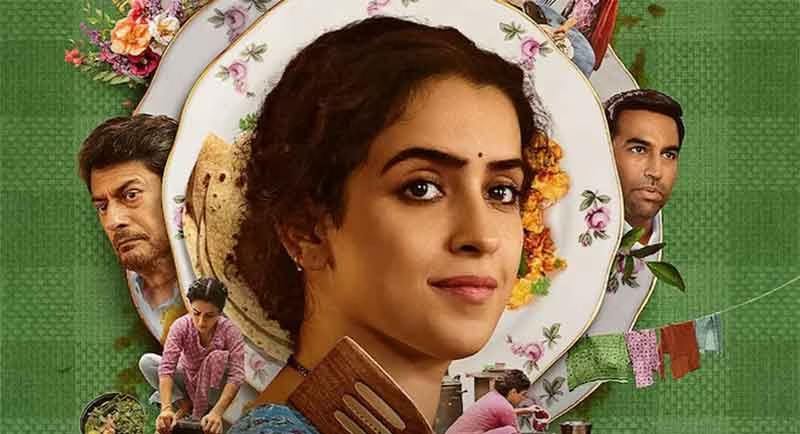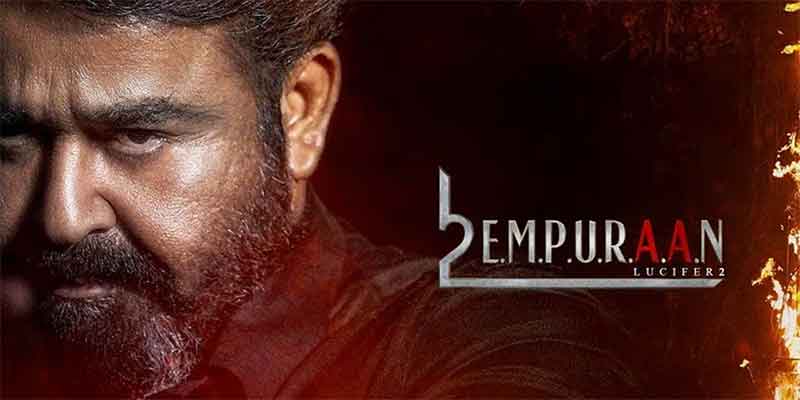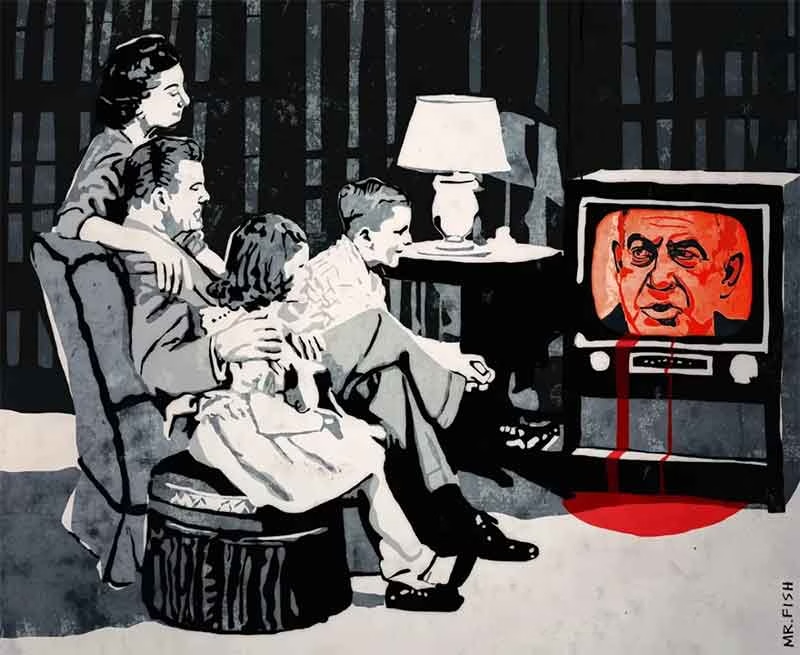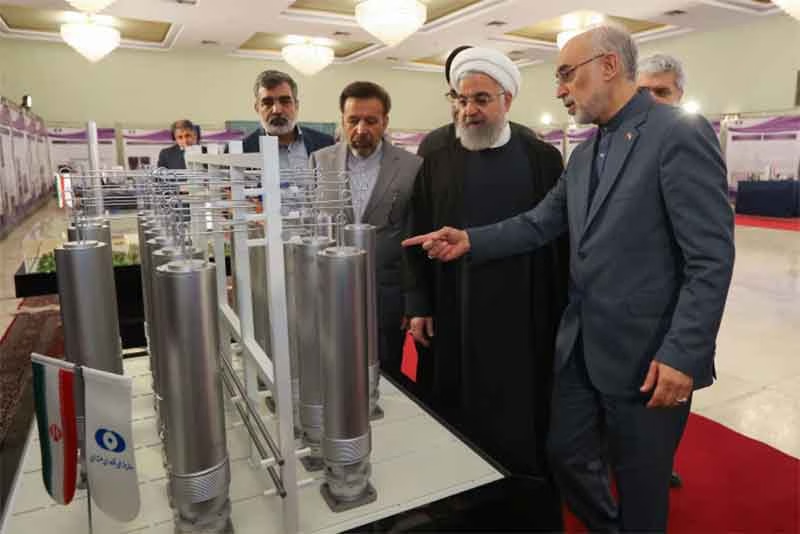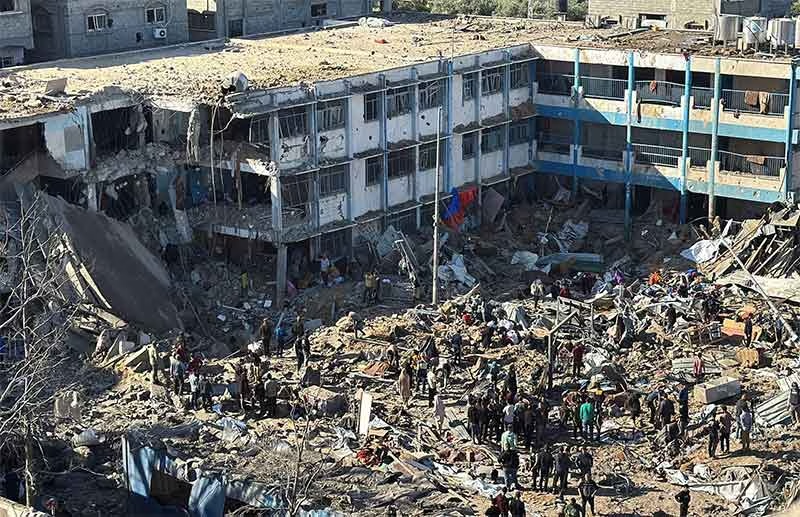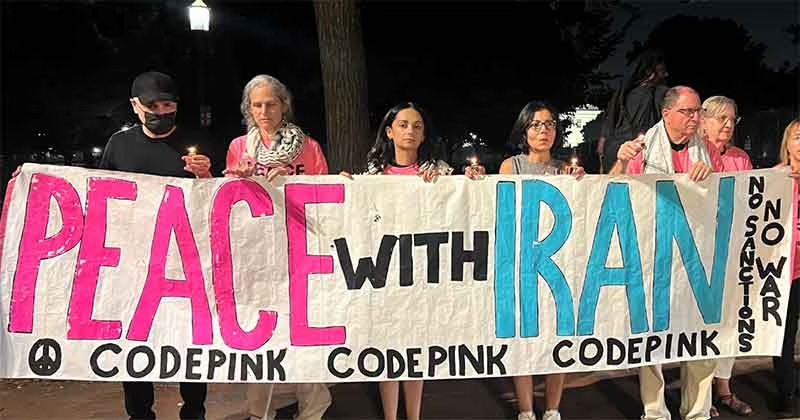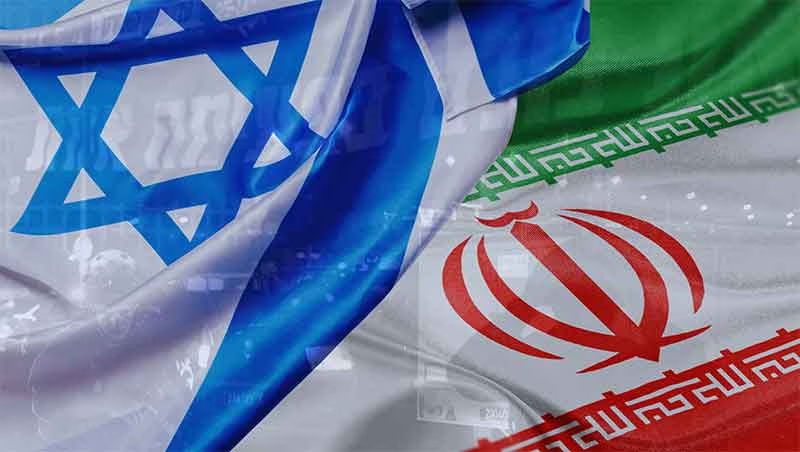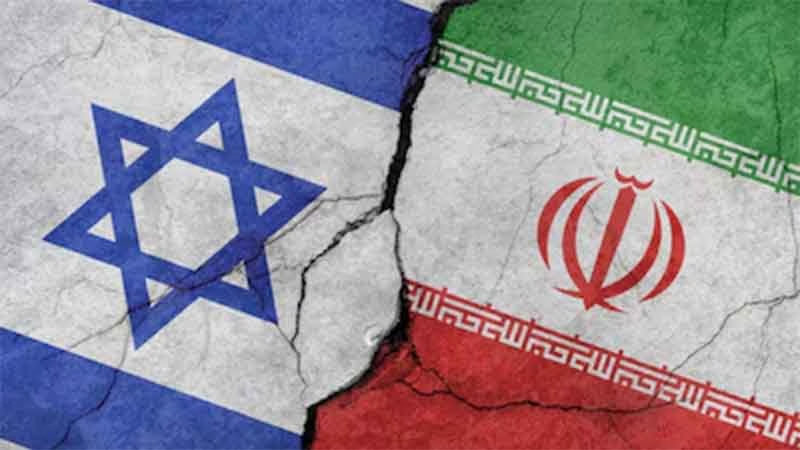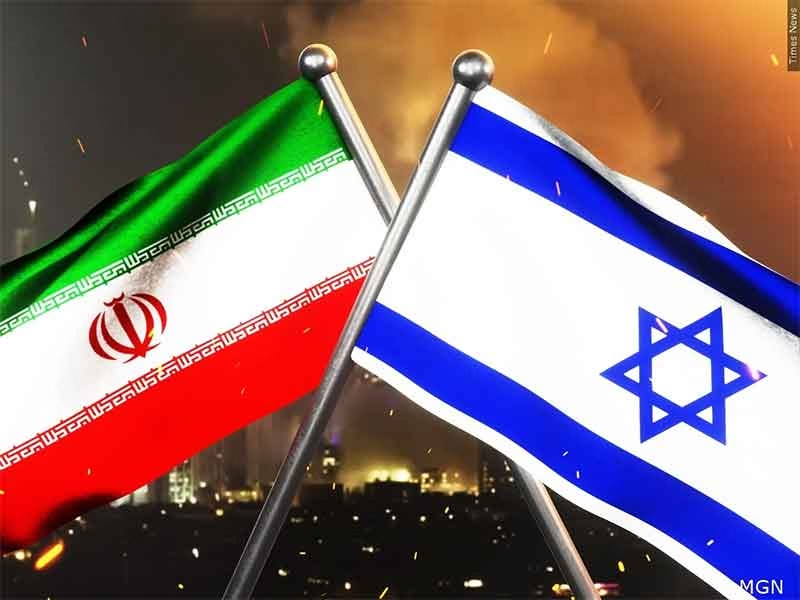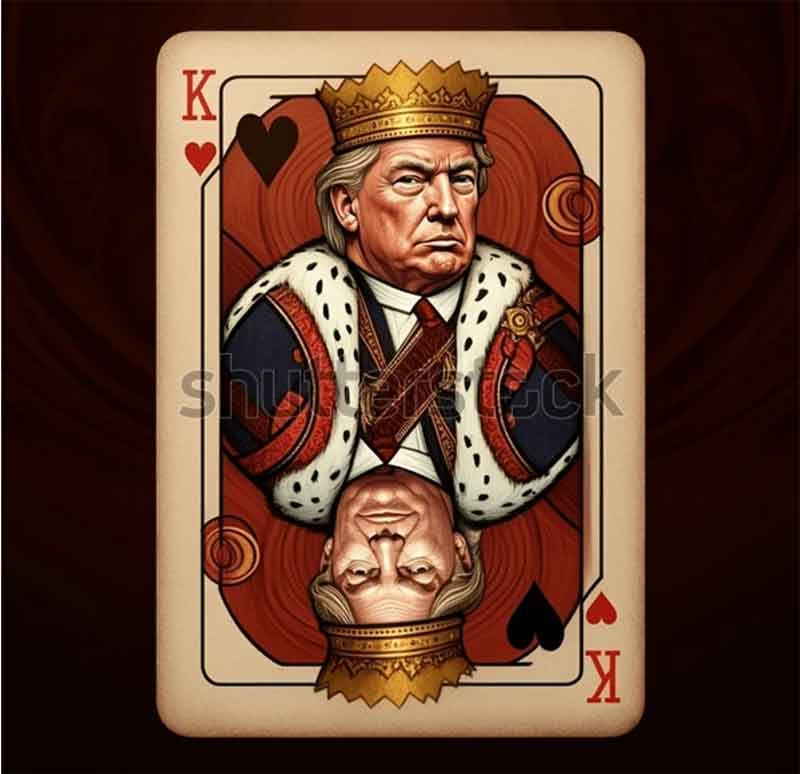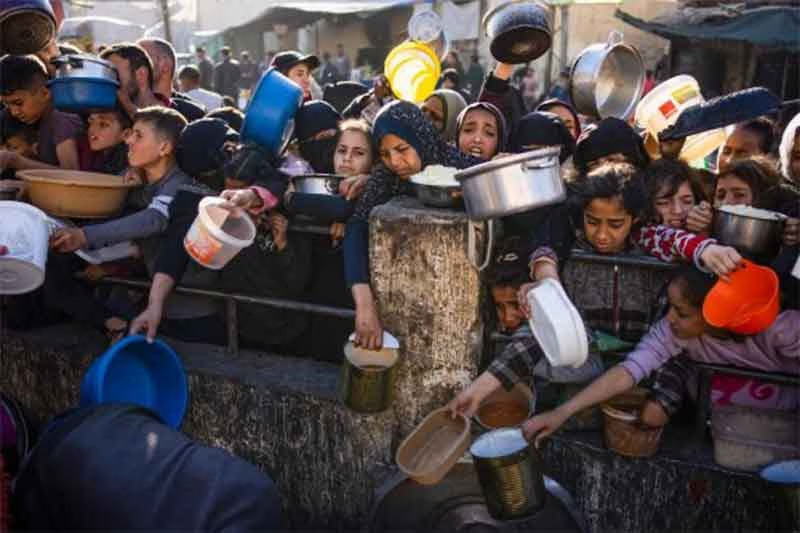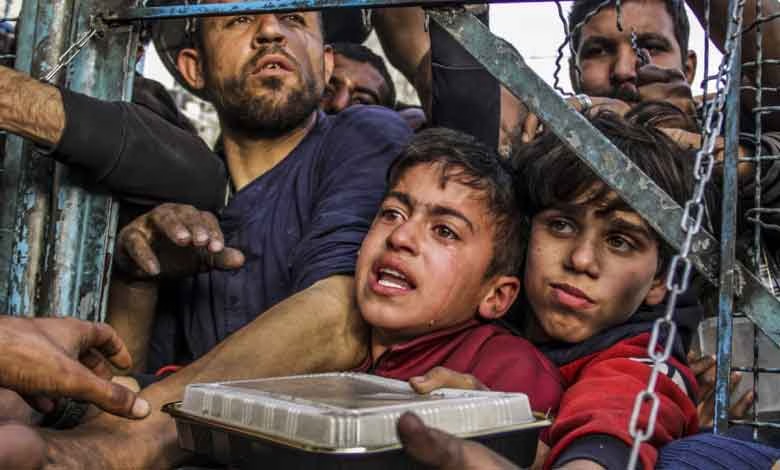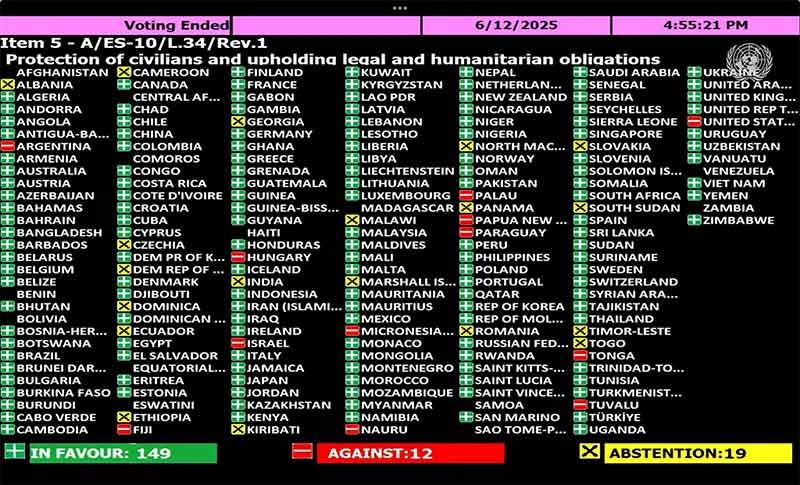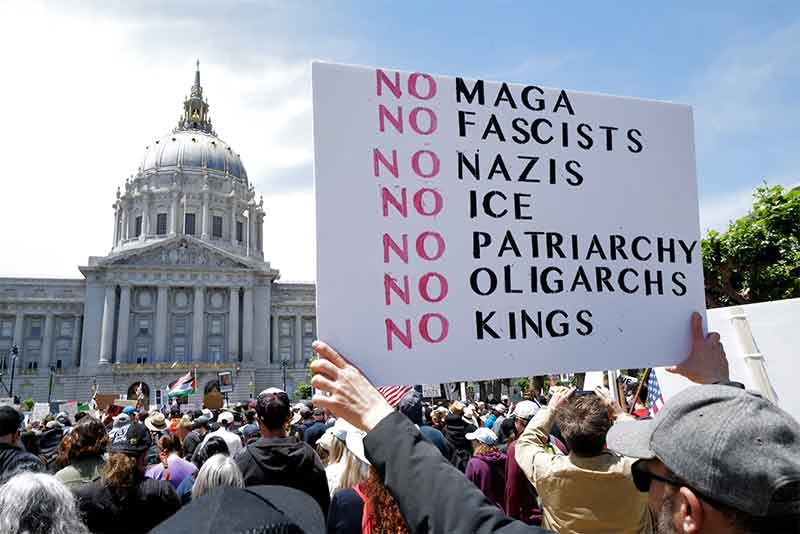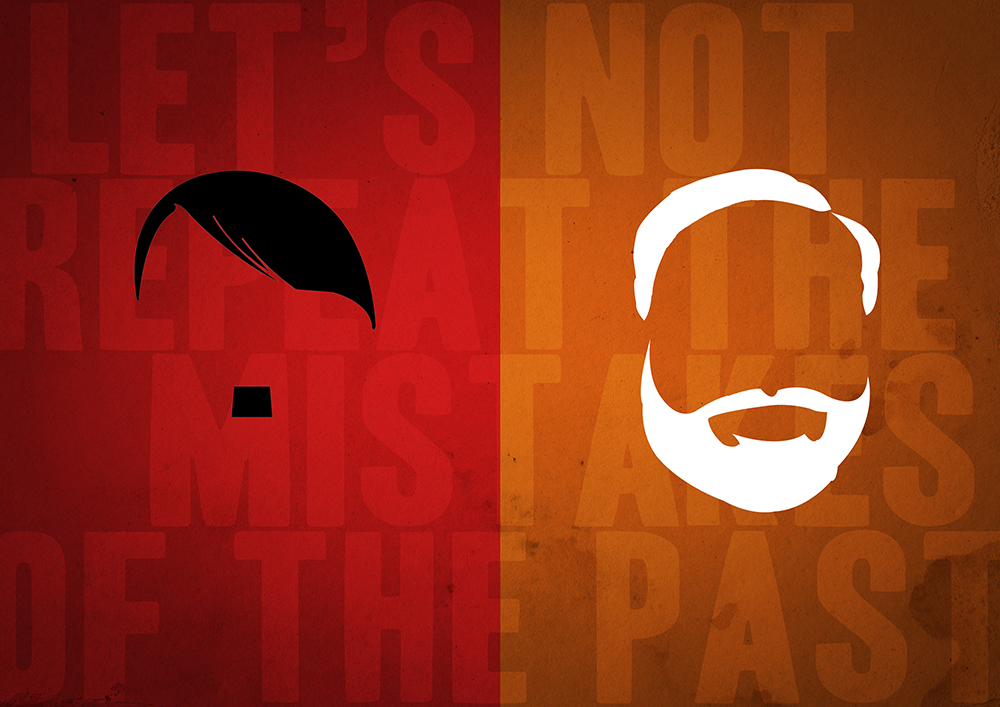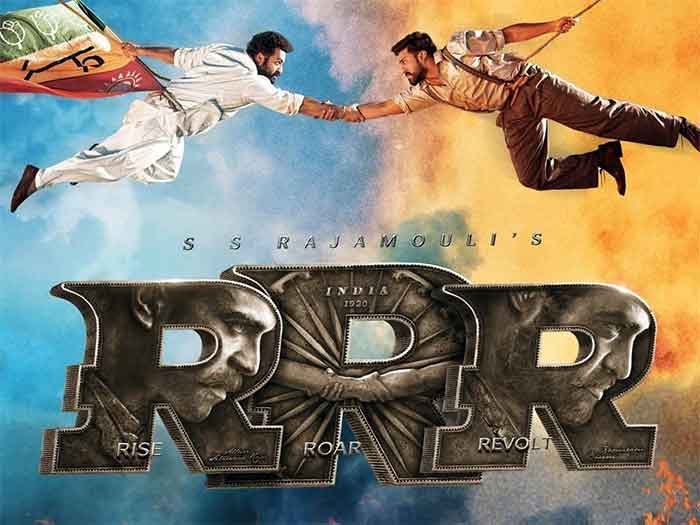
The recently released movie ‘RRR’ is being received well across the country. The movie is based on two revolutionary tribal leaders namely Alluri Sitaramaraju and Komaram Bheem. While both lived in different geographies and had never met, the movie builds on the assumption of what would have happened had both lived at the same time, met and fought together. A fiction is built drawn from the real-life characters. A mix of mythological elements are brought in typical of SS Rajamouli’s movies.
The saffron propaganda machinery has started propagating that the film advocates Hindutva. The rationale used is it shows hindu elements in the film particularly towards the end – where Alluri sitarama raju is seen with a bow and an arrow and Lord Ram’s symbol shown prior to that. The audience gets confused with Lord Ram particularly the norther audience, which in reality is get up of Sitarama raju. Bheem is seen promising Sita that he would bring back Ram who is imprisoned by Britishers for enabling escape of Bheem. This draws inspiration from Ramayan but shown differently. The propaganda further says that Bollywood propagated anti hindu sentiments whereas Tollywood and southern films are more respective of hindu culture and hence they should be welcomed.
There are multiple reasons that the film is not a Hindutva advocating movie.
Anti colonialism: The backdrop of the movie is anti-colonialism. The different events in the movie take place in the larger setting of fight against the Britishers. The central characters in the movie clash with the Britishers. Sitaramaraju joins British colonial police only to rise within the ranks and possibly use the position to divert arms to his own people for their fight with the Britishers. Bheem is shown to be in fight with the British with the immediate purpose to bring back a tribal girl picked by them. Glorification of fight with the Britishers is the celebrated element. Hindutva advocates who hardly fought the Britishers are hardly able to look at this dimension.
Religious brotherhood: People cutting across all religions and regions are shown participating in their common fight against the Britishers. A song towards the end celebrates the freedom fighters from across the regions. The character of Bheem who dresses himself as a Muslim and named Akhtar to avoid possible identification by colonial police is shown being provided with shelter by a Muslim family. The friendship which develops between Ram and Bheem (as Akhtar) while attempting to rescue a child is one of human brotherhood. Hindutva propagators hardly appreciate such friendships across religions.
Usage of symbols and core message: Usage of religious symbols or mythological elements does in no way mean an advocacy of Hindutva. The director SS Rajamouli is a declared Atheist. The symbolisms or story elements from mythology may be drawn but the ultimate message sought to be communicated matters. Hence anti-colonial struggles, anti-imperial fights and nationalism based on universal brotherhood is the defining element.
Promotion of love and nationalism: Nationalism of Hindutva variety is built on promoting hate particularly with the Muslims. The film builds idea of love between religions, camaraderie of the struggling people and promotes the idea of inclusion. Hence its comparison with ‘Kashmir files’ which sought to build Hindu Muslim divide and thus hate against Muslims nowhere stands to truth.
This is not to say that the film does not have limitations. It may not have gone into details of what led to tribal revolts. While in one song there is reference to ‘jal, jungle, jameen’, it does not get into how were these issues connected to tribals and the British policies. The film focuses more on technical values, usage of VFX, visuals, action, music and in the process not dealt with such issues. A commercial entertainment movie may not necessarily look into the same.
The sanghi propaganda machinery which tries to cash in on the popularity in popular culture is using the movie to propagate its hate agenda. Hence there is a need to build a counter narrative to the one propagated by Sangh Parivar and the need to state how this movie is different from Kashmir files.
T Navin is an independent writer




